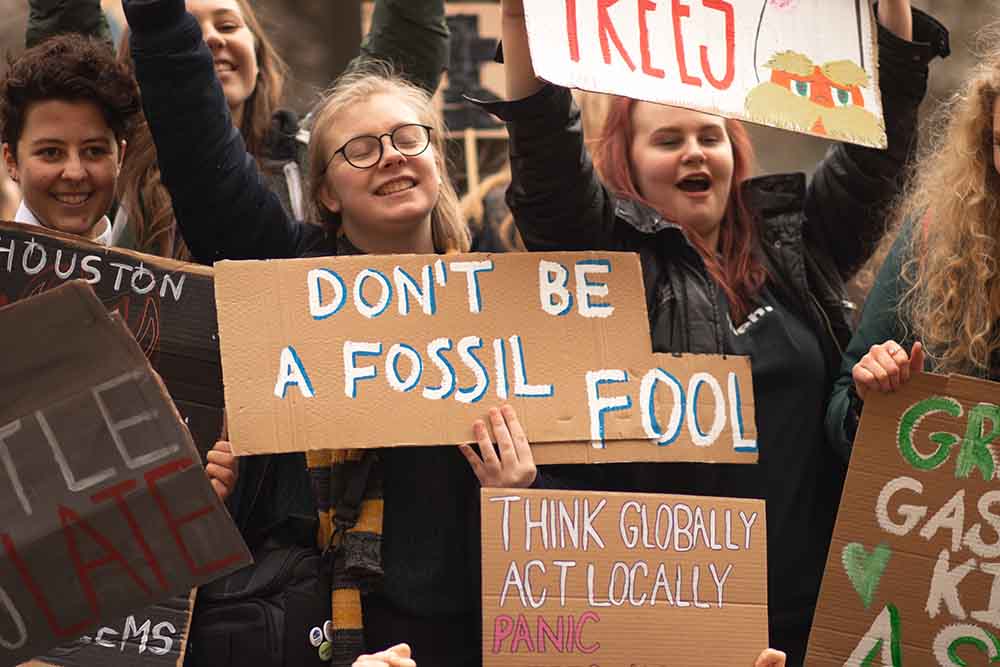A litany of disastrous decisions have sometimes cost lives and definitely many billions of dollars. Effectively cancelling the Global Public Health Intelligence Network; the failure to implement the pandemic preparedness protocols developed by Ottawa’s public health...
Results for "china"
Foreign Influence in Canadian Economy?
Foreign influence or interference has become a mediatic topic. The fear and suspicion of interference in the elections and democratic process have been in news headlines. For the western countries, the suspicion bears on Russia and China. Revisionist powers have a...
How ESG Standards Favor Toxic Petrostates
Coercion and vandalism have become commonplace tactics to force insurers off mining and oil development projects throughout the world. Ironically, that clears the way for companies with deep pockets and petrostates whose goal is geopolitical supremacy, not...
Beijing’s Minions Don’t Belong on Canadian Stock Exchanges
The Chinese economy is growing and surpassing the U.S. economy in size. That stature, with its consequent soft and hard power, means opposition to the Communist Party of China (CPC) regime needs to be multilateral. No matter how much unipolarity the U.S. has enjoyed...
Featured News
China’s Intensifying Estrangement and Nativism may Make its Scientific Progress Stagnate
One of the most notable features of Nazi regime in Germany was its anti-intellectualism. While it claimed to be in the forefront of scientific and technical advances, its ideology and totalitarian rule made free enquiry and interchange between scientists and other...
Evasive Accountability: A New Norm for Police and Security Services in Canada
Since the founding of this country, a totalitarian, closed form of government has been considered unacceptable and un-American. The public assumes they have the freedom to be left alone and to live a life in privacy, while the government is believed to be open...
Environmentalist Power Trips Harm Poor Countries: Kyoto Protocol expiration won’t provide reality check
The real danger is treaties, laws, regulations and taxes imposed in the name of preventing global-warming catastrophes that exist only in computer models, horror movies and environmentalist press releases. These political schemes will exacerbate and perpetuate poverty, disease, unemployment and economic stagnation. That is neither just nor sustainable.
Let’s Get Fracking, and Slash Our Gas Bills: State backing for the shale revolution is what Britain’s economy has been crying out for
Yet still the environmental movement, deep in bed with the subsidised renewable energy industry, wants to impede shale gas, fearful that it might succeed. Until recently it looked as if the Government’s energy policy was to go beyond picking winners to pick losers – how else do you describe an policy that hands out the most money to the most expensive ways of generating power? – and even ban winners
Is Africa in an Emissions Arm Lock?: First World industrialized nations are trying to prevent African development
The latest world environment and climate change conference (COP-18) is taking place in Doha, Qatar. One of the prime issues under discussion is the attempt to force countries all over the world to adopt binding agreements to limit “carbon emissions.”
Canada to Build Oil Pipeline to Serve Asia: ‘The U.S. market will not be large enough to accommodate all of Canada’s oil exports,’ said Natural Resources Minister Joe Oliver.
Canada is scrambling to build an expansive new oil pipeline network to reach new markets including Asia as its sole customer, the United States, hikes production, aiming to become the world’s top exporter.
What is a Half-Urban World?
Within the last couple of years, the population of the world has become more than one half urban for the first time in history. By 2025, the world’s urban areas are expected to account for 58% of the world population, rising further to two-thirds in 2050. This represents a huge increase from the 29% that was urban in 1950, or estimates of approximately 10% (or less) in 1800.
Winners and Losers Energy Policies: Rejuvenating the American economy by developing its resource bounties
Governor Mitt Romney strongly supports North American energy independence as the foundation of renewed US employment and prosperity. President Obama is waging war on fossil fuels, job creation, and efforts to end our economic recession and reduce dependence on Middle Eastern and Russian oil.
Mitigation focus of UN climate meetings an albatross around the neck of poor countries seeking adaptation funding
Developing countries must insist that adaptation negotiations, and the agreements that eventually ensue, be totally separated from the so far fruitless mitigation wars. Not only will this greatly simplify discussions, but the chances of significant climate adaptation agreements will be much enhanced.
A Planet of People: Angel’s Planet of Cities
Planet of Cities looks at the urbanization trend from various dimensions. A sample of 30 urban areas was used to gauge urban expansion and density changes from 1800 to 2000.
Google: At the forefront of technology and culture clashing
Google finds itself at the forefront of inevitable tensions between cultures and tradition and broader human freedoms.



